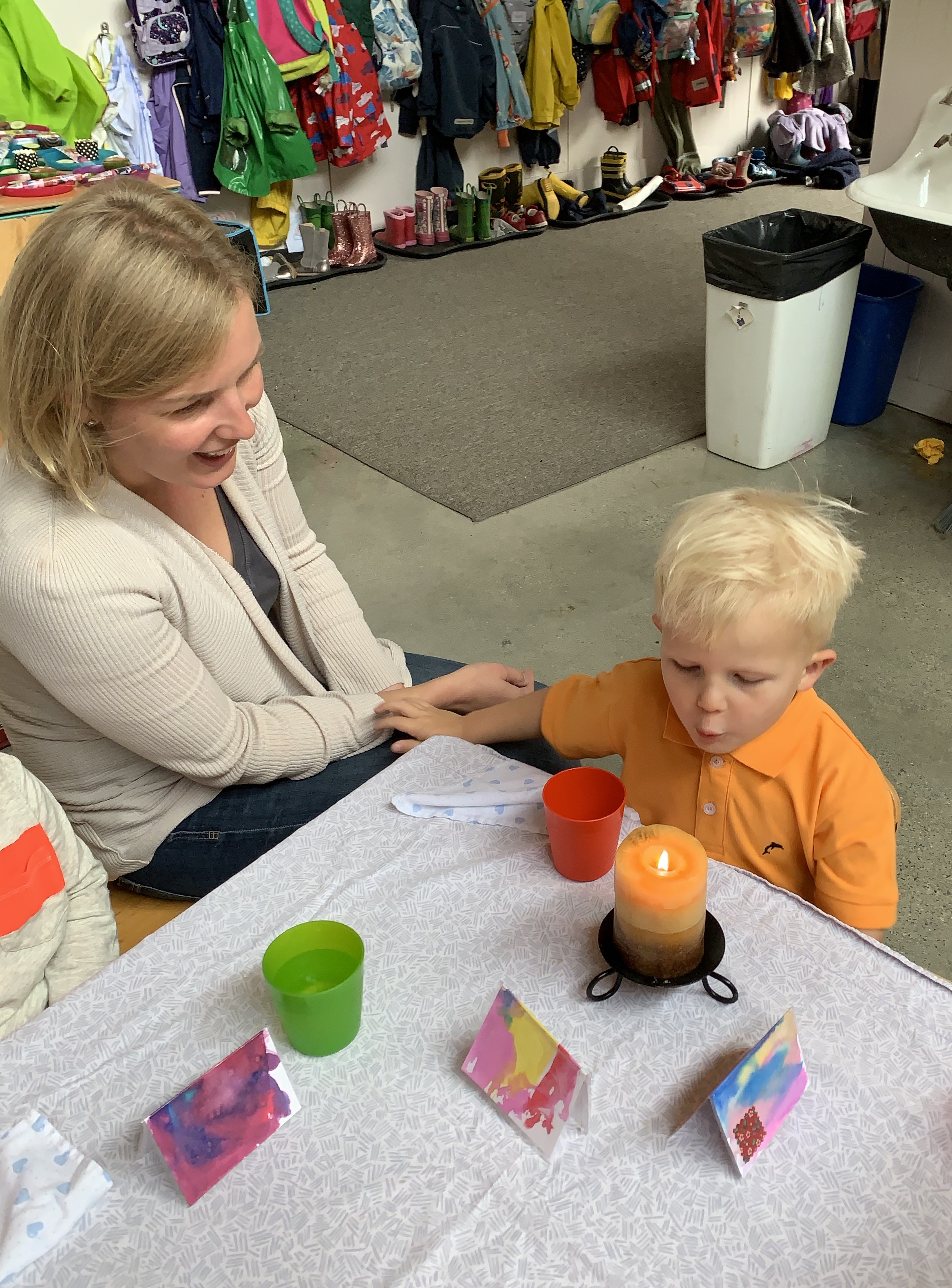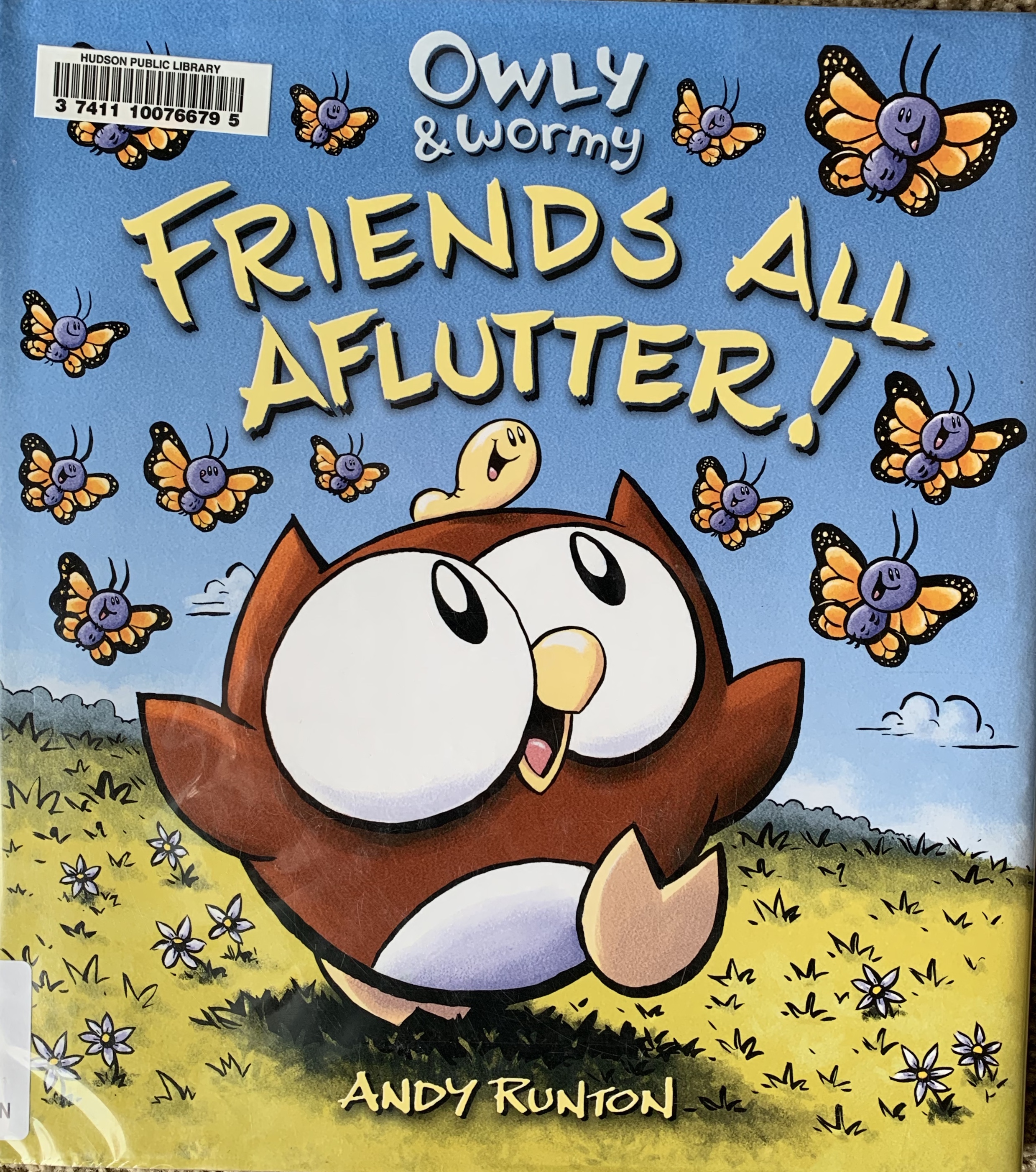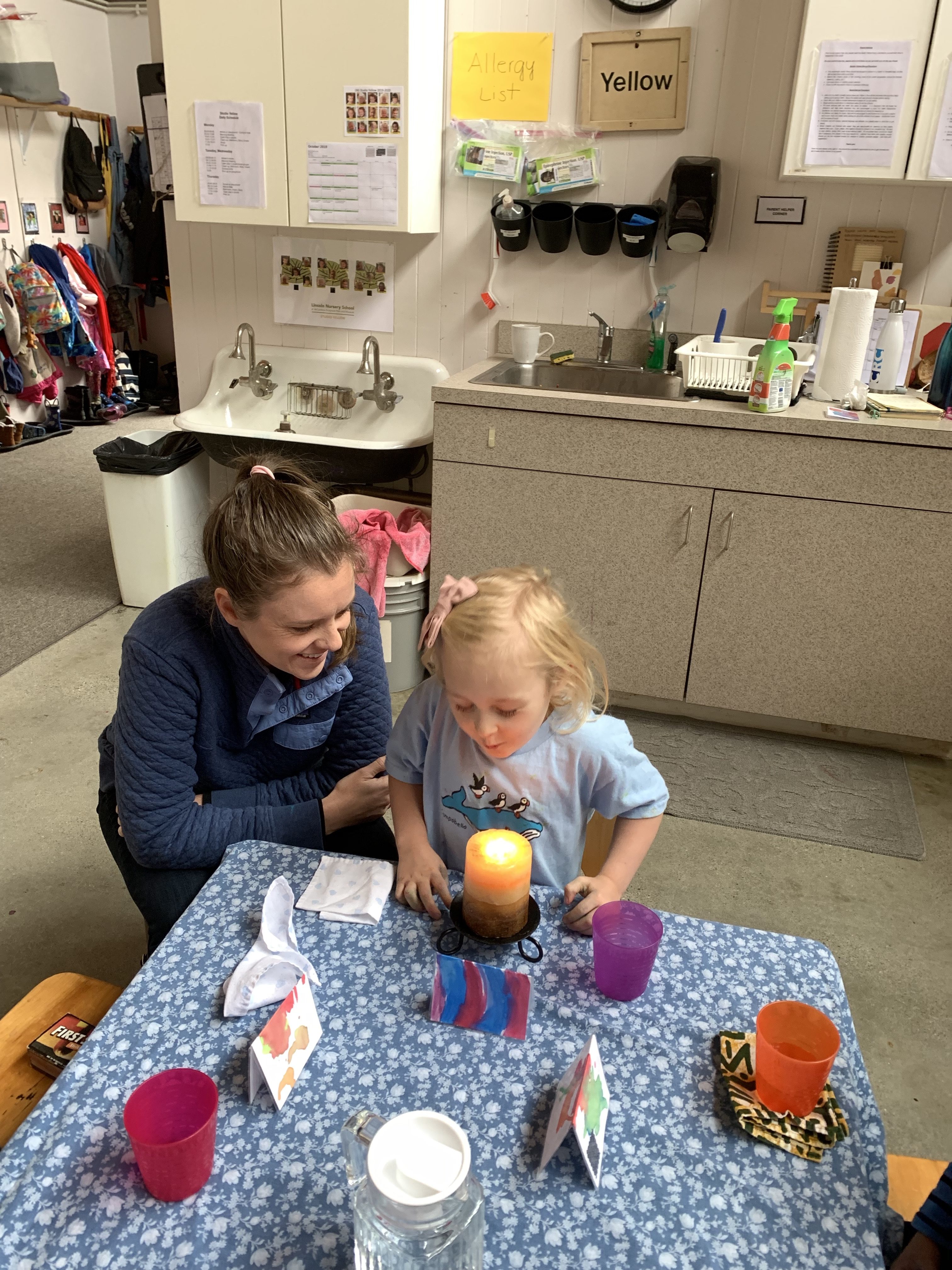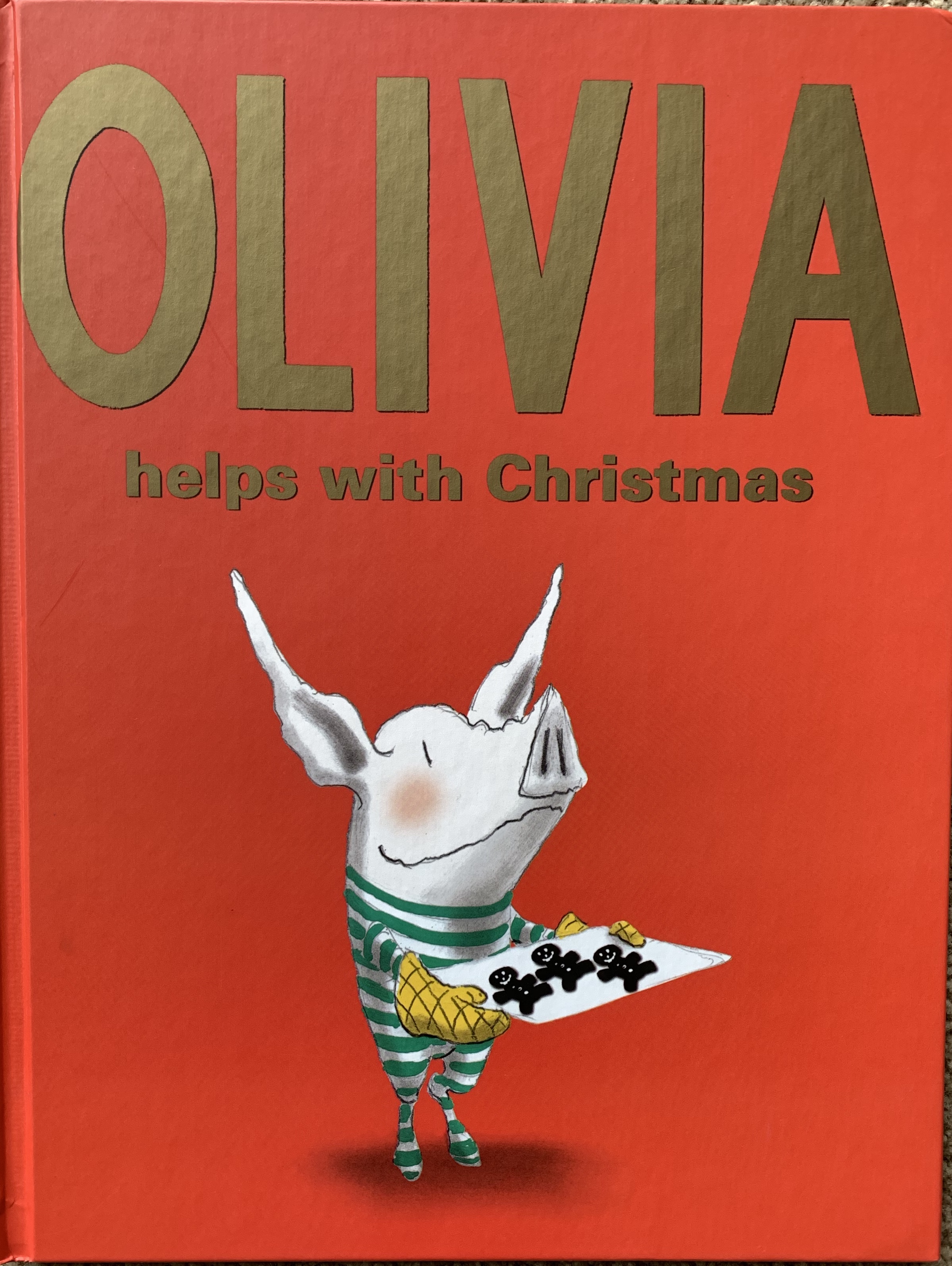Materials within the studio have slowly been changing. Our intent is to adapt the environment as the children’s interests shift, as well as to introduce them to new experiences.
Our paint palette has expanded to include red as well as the original colors of blue and yellow. Children are experimenting with mixing new hues.
I’m mixing colors. It turns green. Well, yellow and blue turn green.
(Combining red and yellow…) Look what it’s turning. I don’t know what it is.
(Pointing to red and blue…) This and this made purple.
– WESLEY
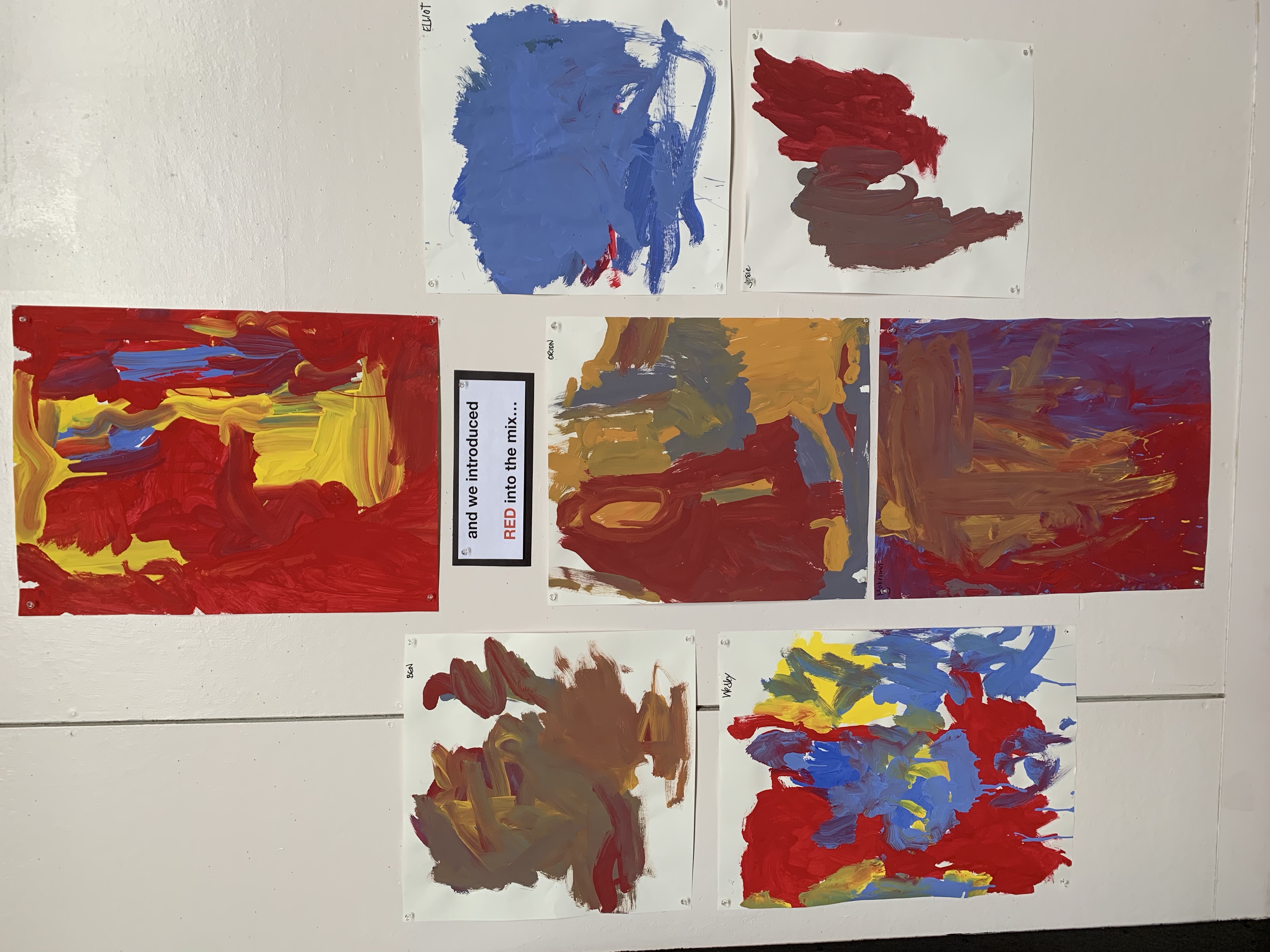
Can you get it to balance on each side? Can you find the letters of Ben’s How many arrows can you make Have you played Makenna’s name hidden in his game? hit Chris’s target? “‘Everybody Go, Everybody Don’t Go to Work?’
Recently we have been hearing chatter about games and the challenge that comes along with playing them. Using our acrobat small manipulatives children were challenging themselves and others to balance them in a particular way. In our mini studio children created games on paper and shared their ideas with each other. To further this interest we introduced both a memory matching game and the Snail Racing game to small groups.
The siting of an excavator behind the museum last week inspired a change up in our sensory table. How would the play shift when the well loved toy construction vehicles were moved from our block building area to one with real dirt?
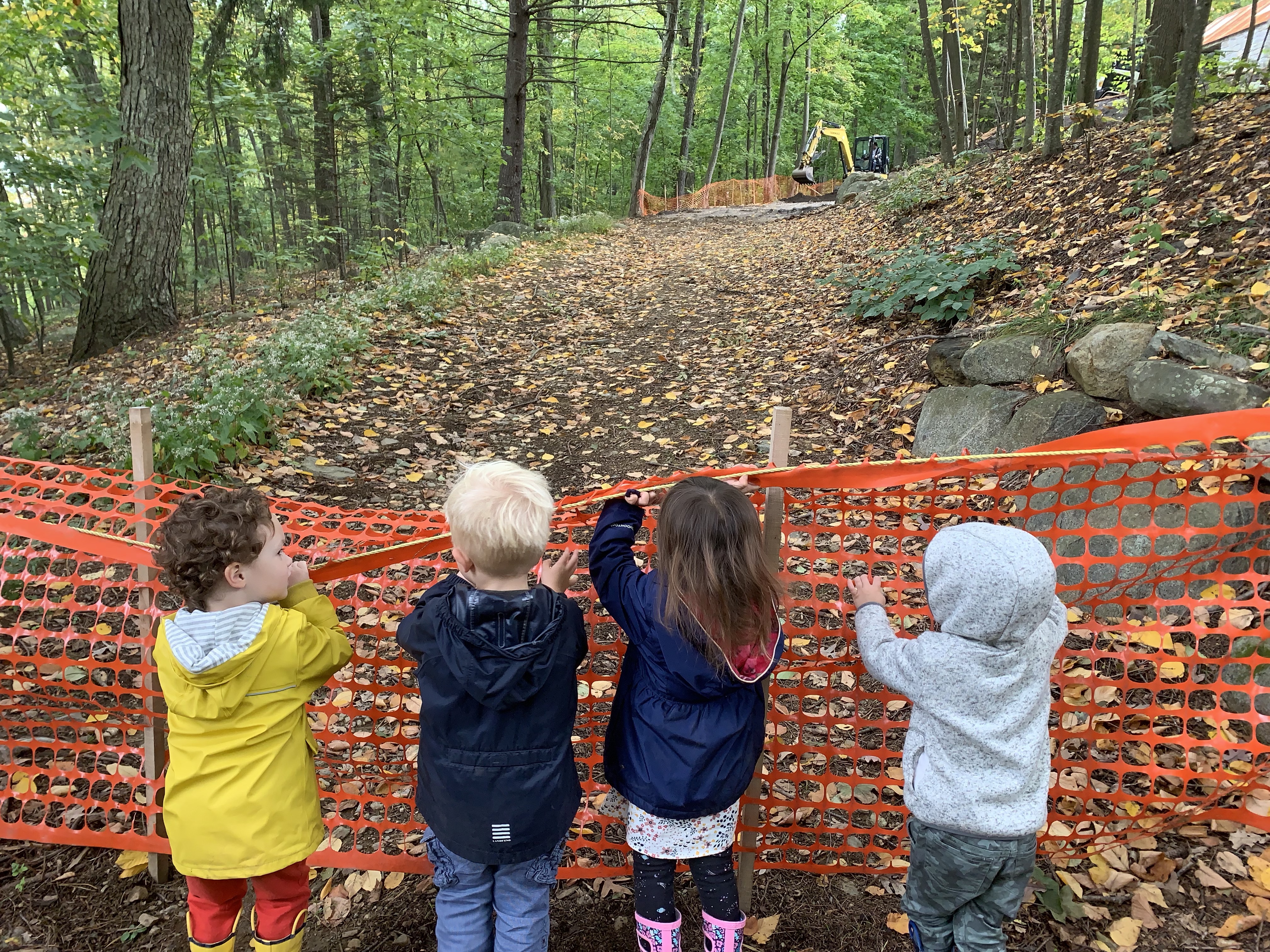
In our recent encounters with bugs, we’ve noticed that the children’s focus appears to be on what the bugs can do, particularly how they can hurt us. With this in mind, we presented them with colorful ‘bug’ parts in a variety of shapes and sizes. Listening closely, we heard similar language. Children immediately began assembling the pieces into creatures as they talked about stinging, poisonous and blood sucking.
Does beetles sting?
Bees sting sometimes.
What part is the stinger? Is the legs the stinger?
This bee stings?
Yup.
We’re playing sting, sting, sting!
It’s a centipede and with its mouth it tries to sting everything.
This helps this part fly around and around and around. This part helps it climb.
I made a lobster. It’s poisonous. This part is just to catch bugs to eat. This is to suck your blood.
Let me tell you what mine is called – a super dalmation owl. This is for communicating – to be able to talk to other bugs. This part helps it swim.
This sucks up only stink bugs’ blood.
My bug can pinch you and rip you apart and scoop your blood out. It doesn’t do it to big guys, just little guys. It eats bee stingers so bees can’t sting any more.
This long thing sucks up blood.
this can chop your fingers off. It hurts other bugs because when bees try to sting him he gets his claw out to defend himself. He chomps on other bugs.
Extending their thinking, children were encouraged to look closer at the features of these bugs and draw what they saw. This type of representational drawing can be challenging but breaking it down into smaller pieces can help to make it more manageable.
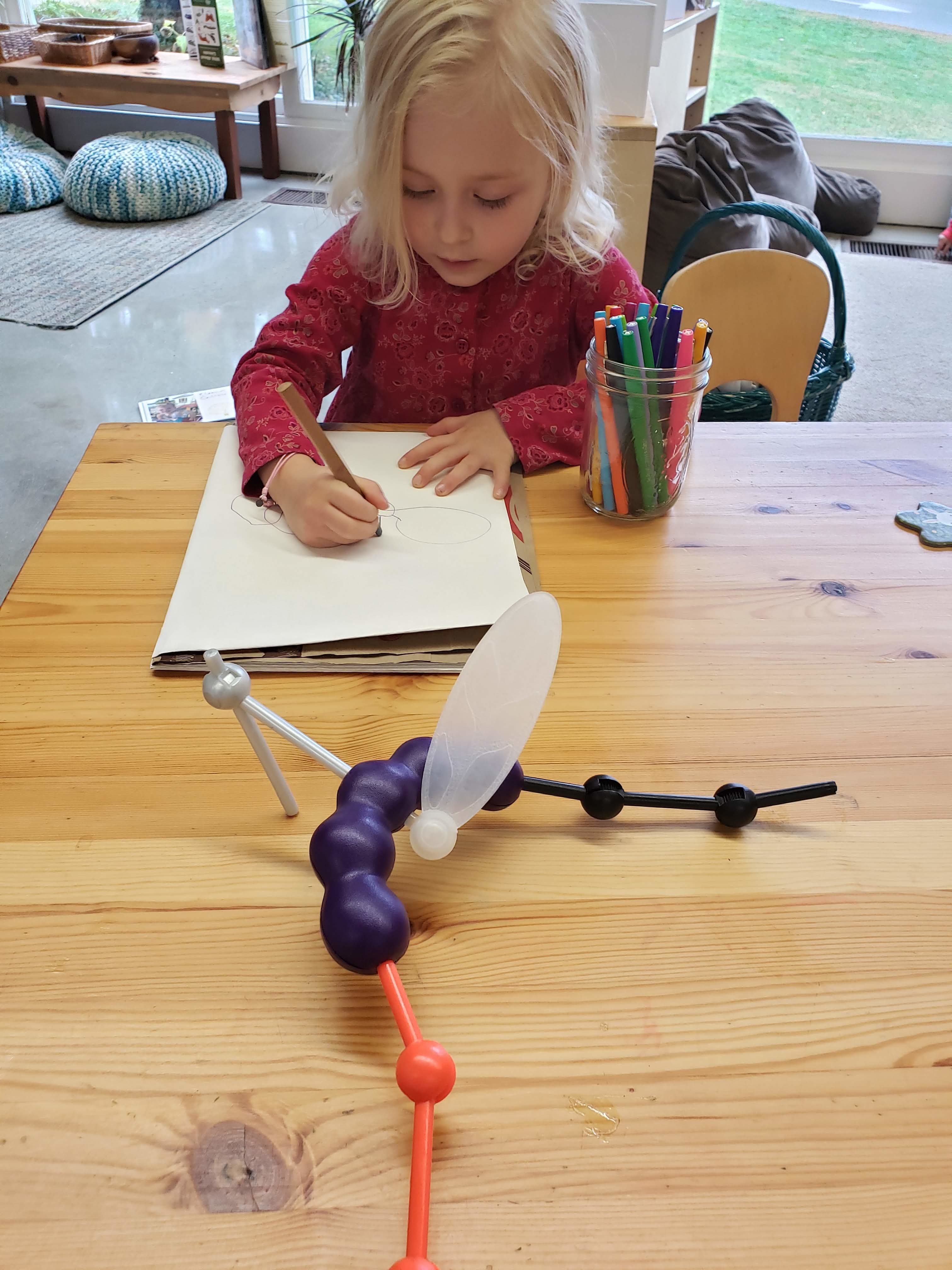
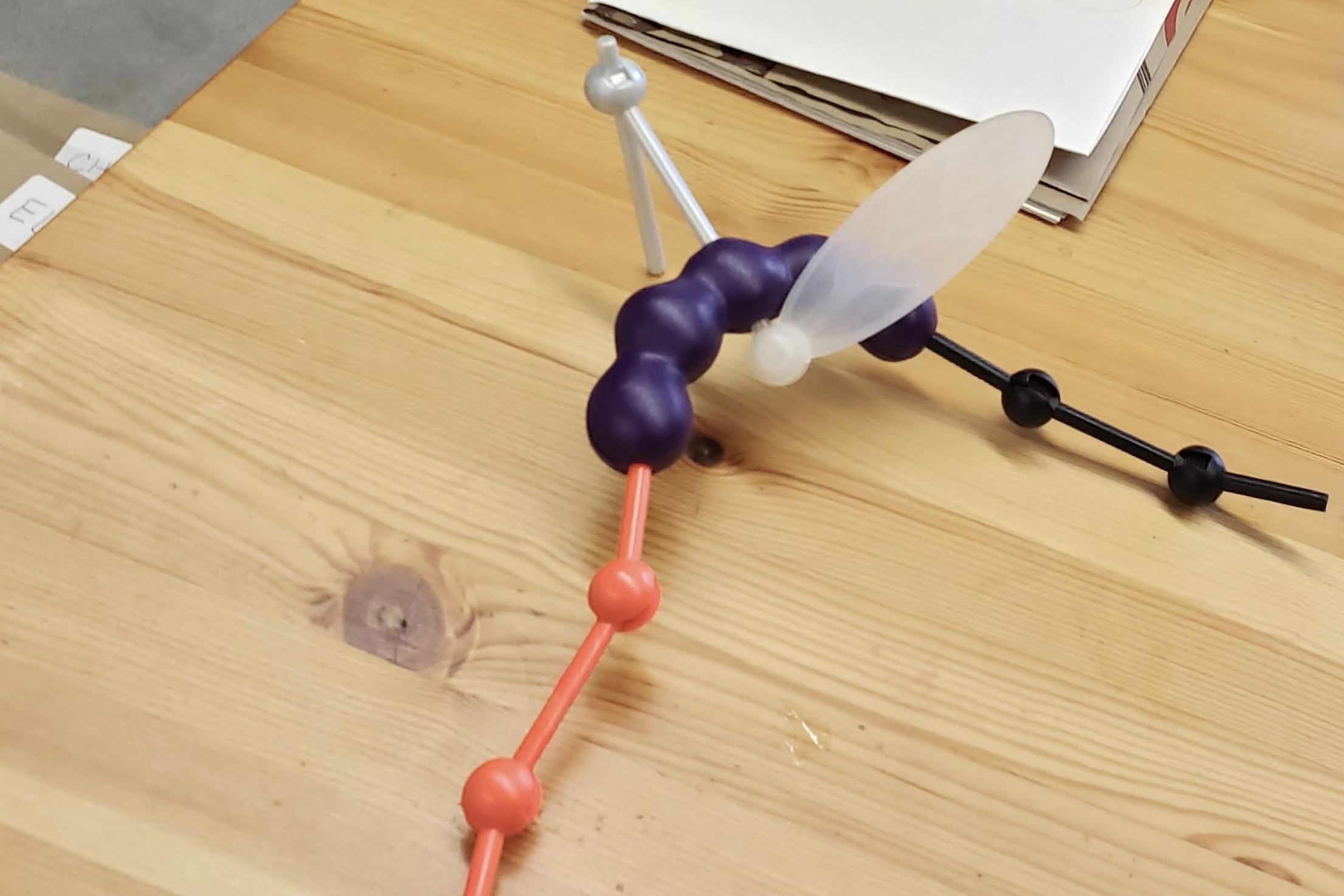
That’s how it sucks the blood.
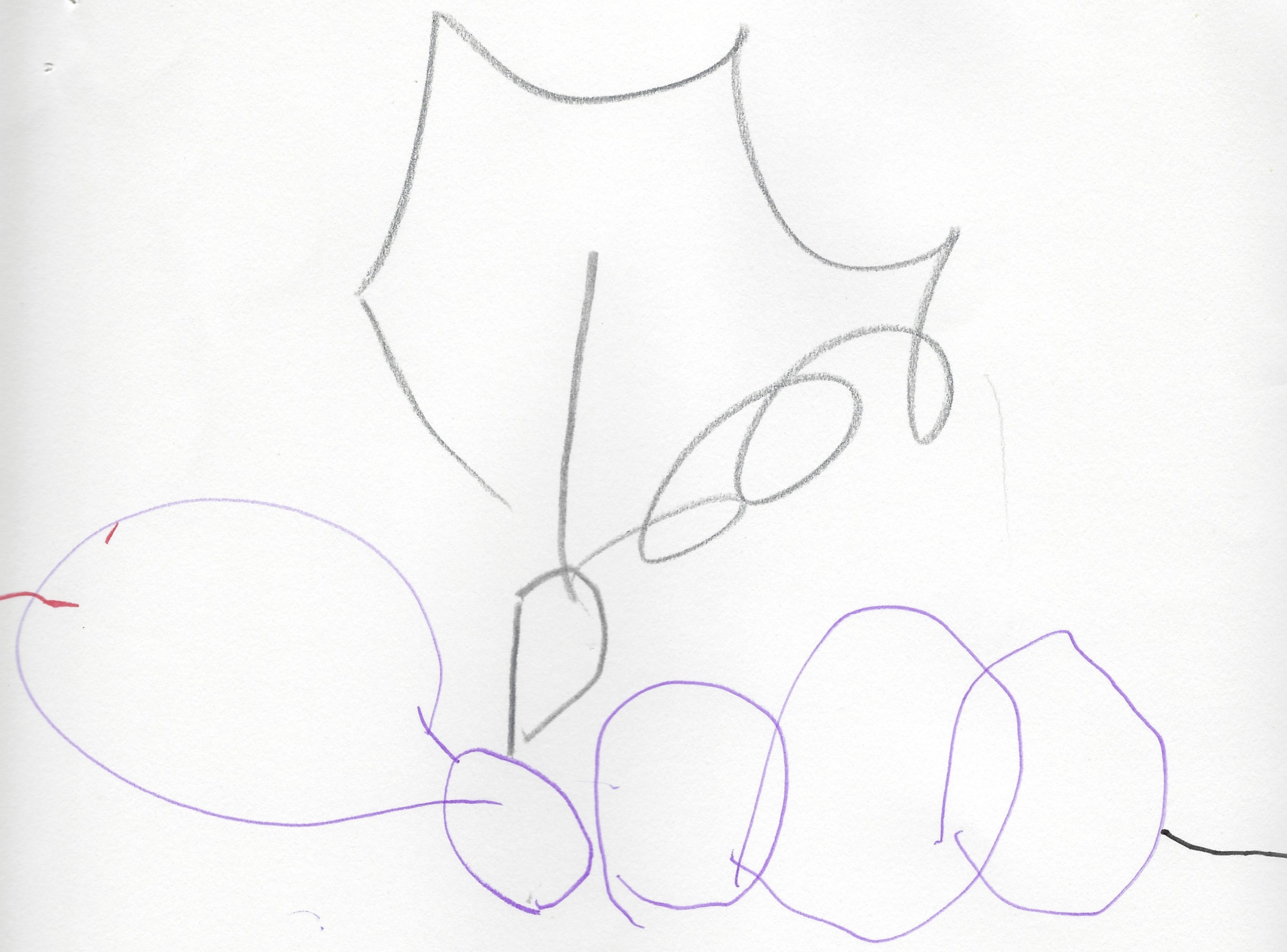
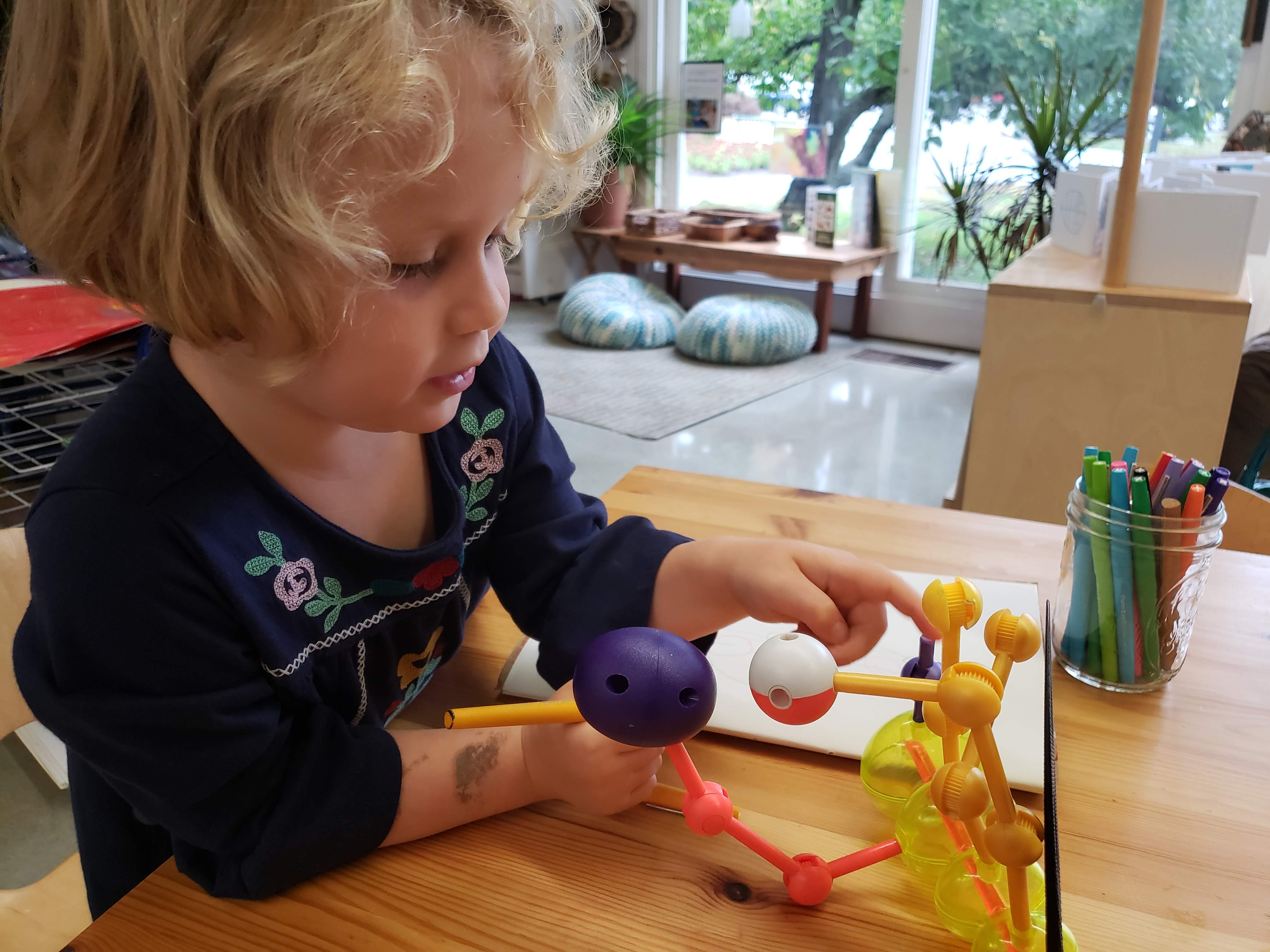
I need purple – dark purple, but light purple for that part. Then seven bumps on the other side. Now pink, yellow, green.

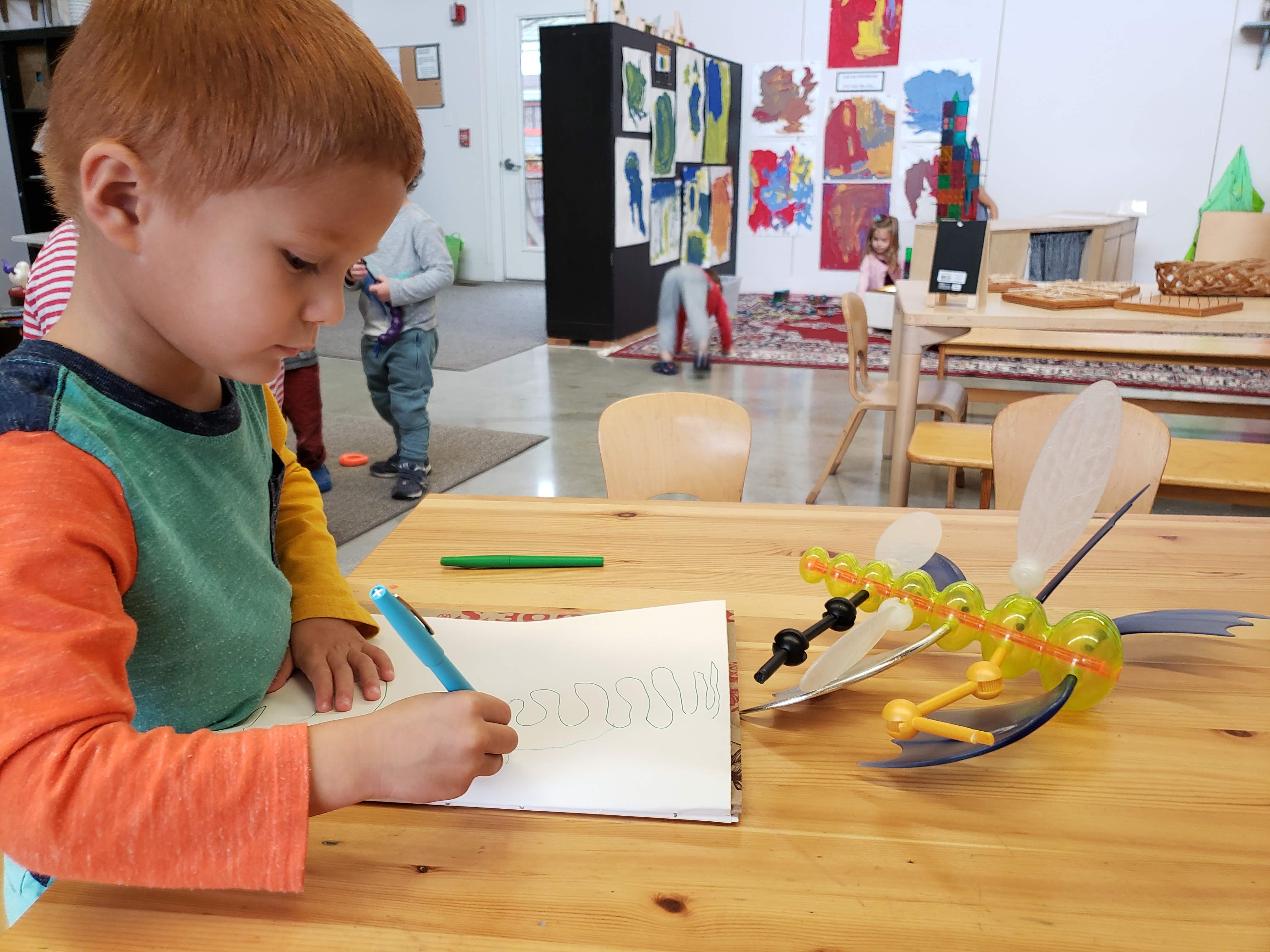
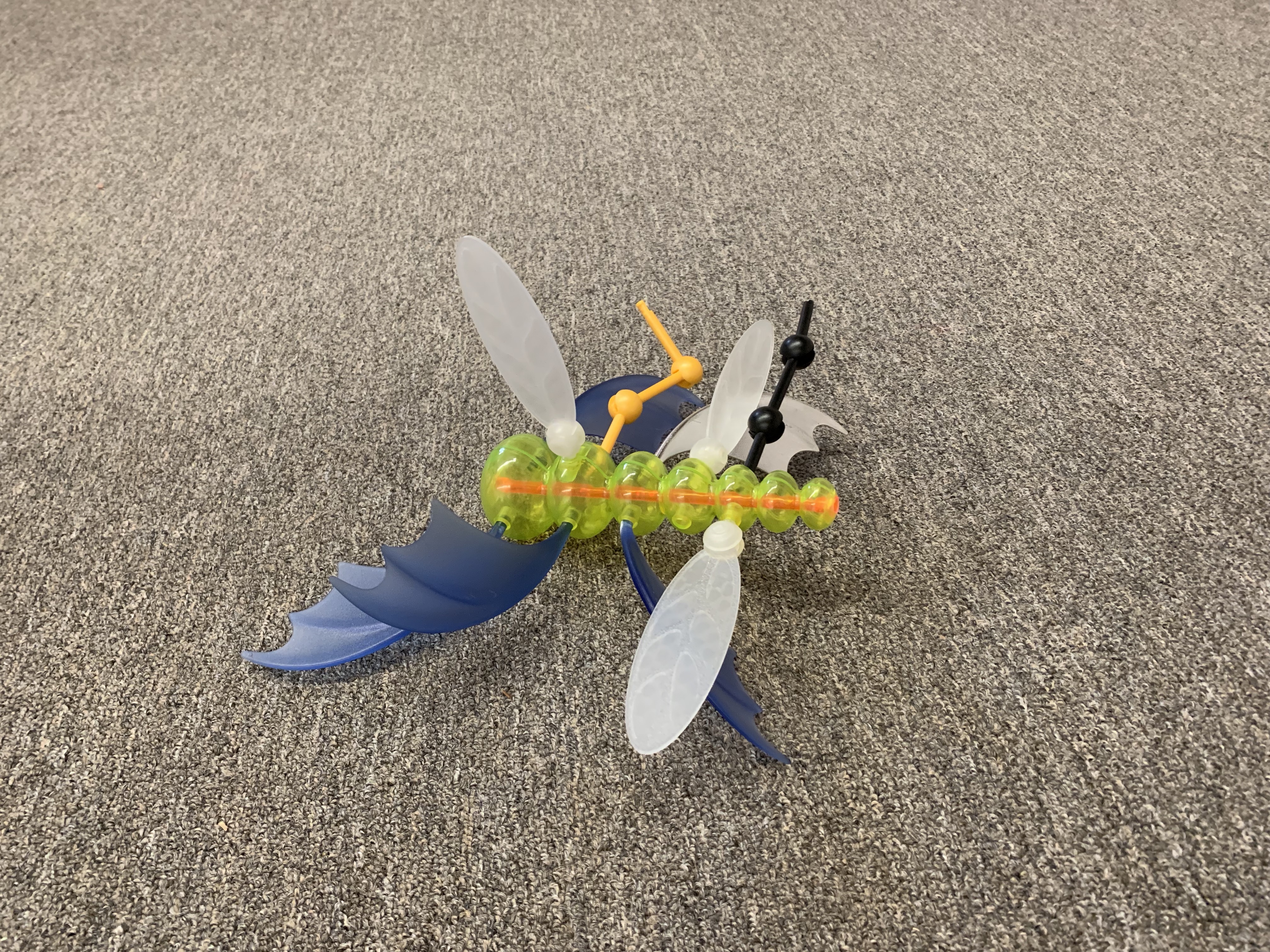
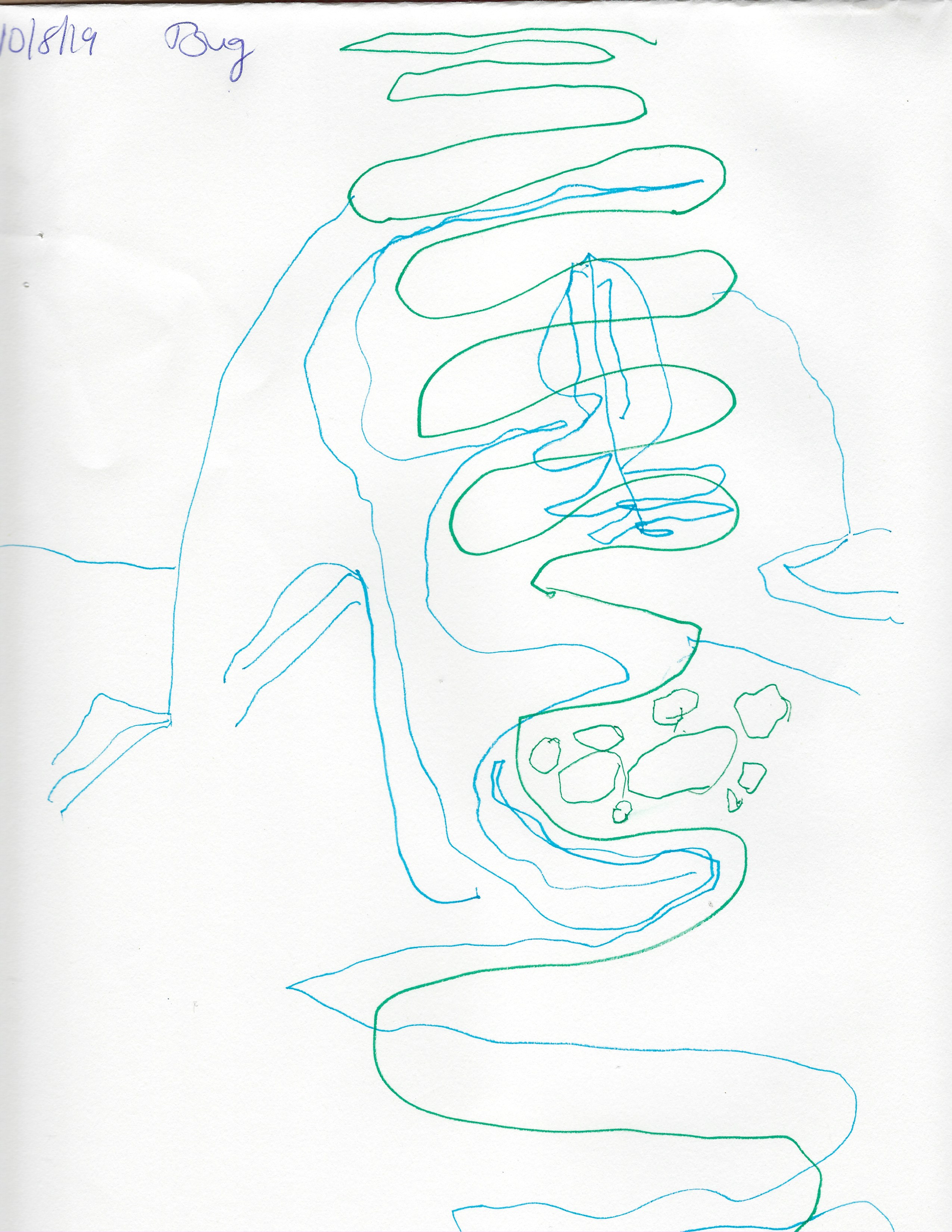
These parts going flat out helps it swim. See that blue one?
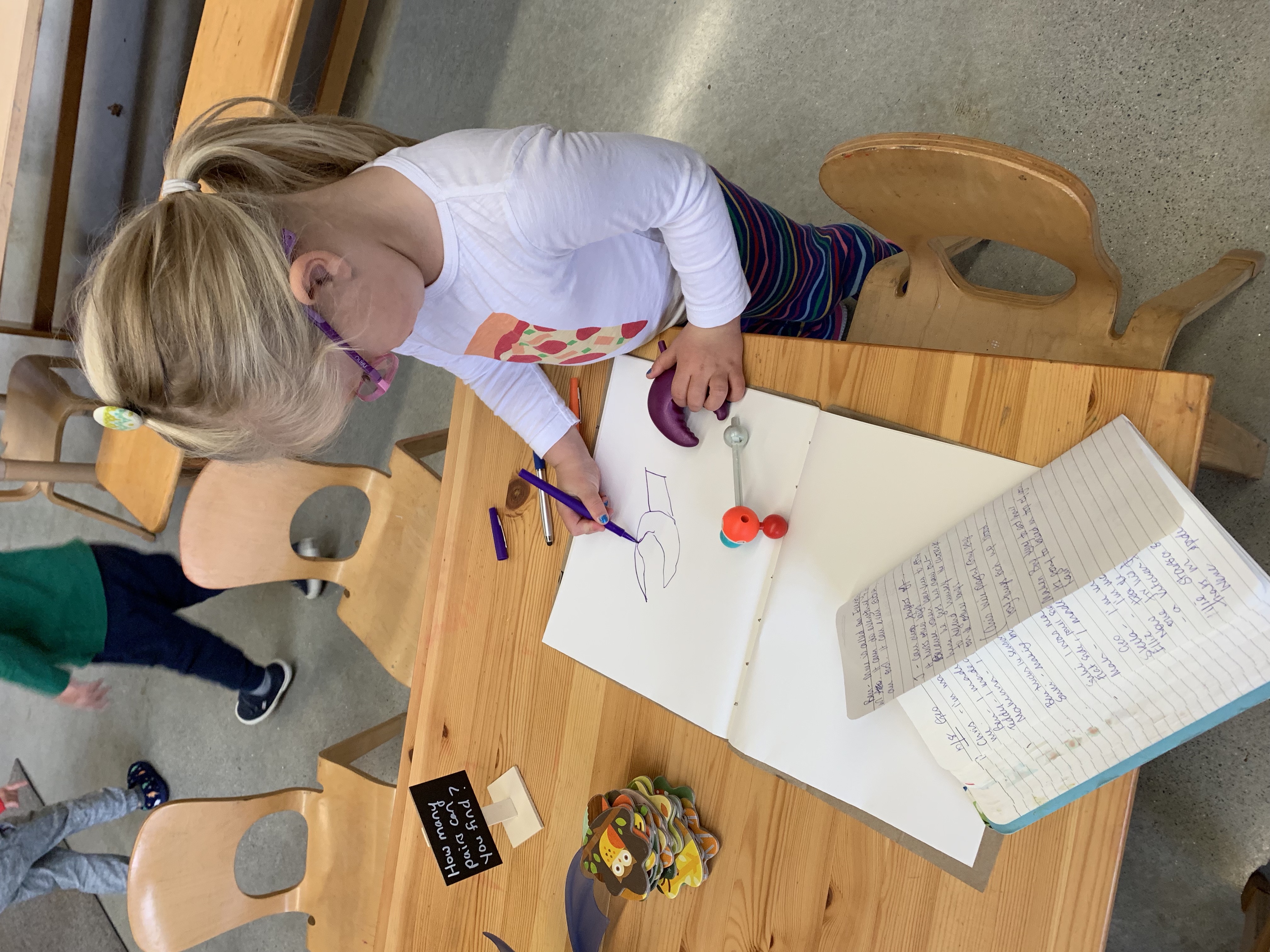

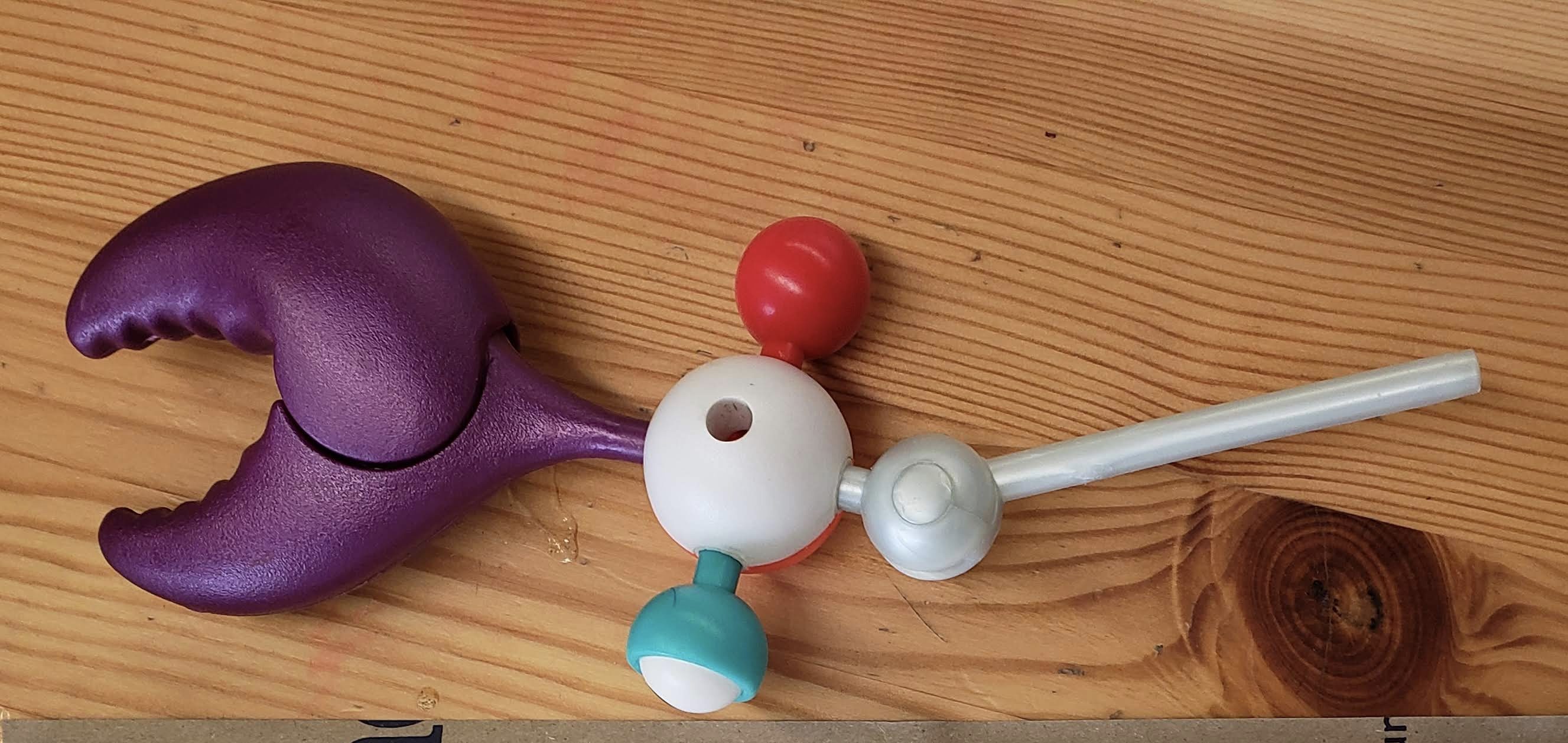
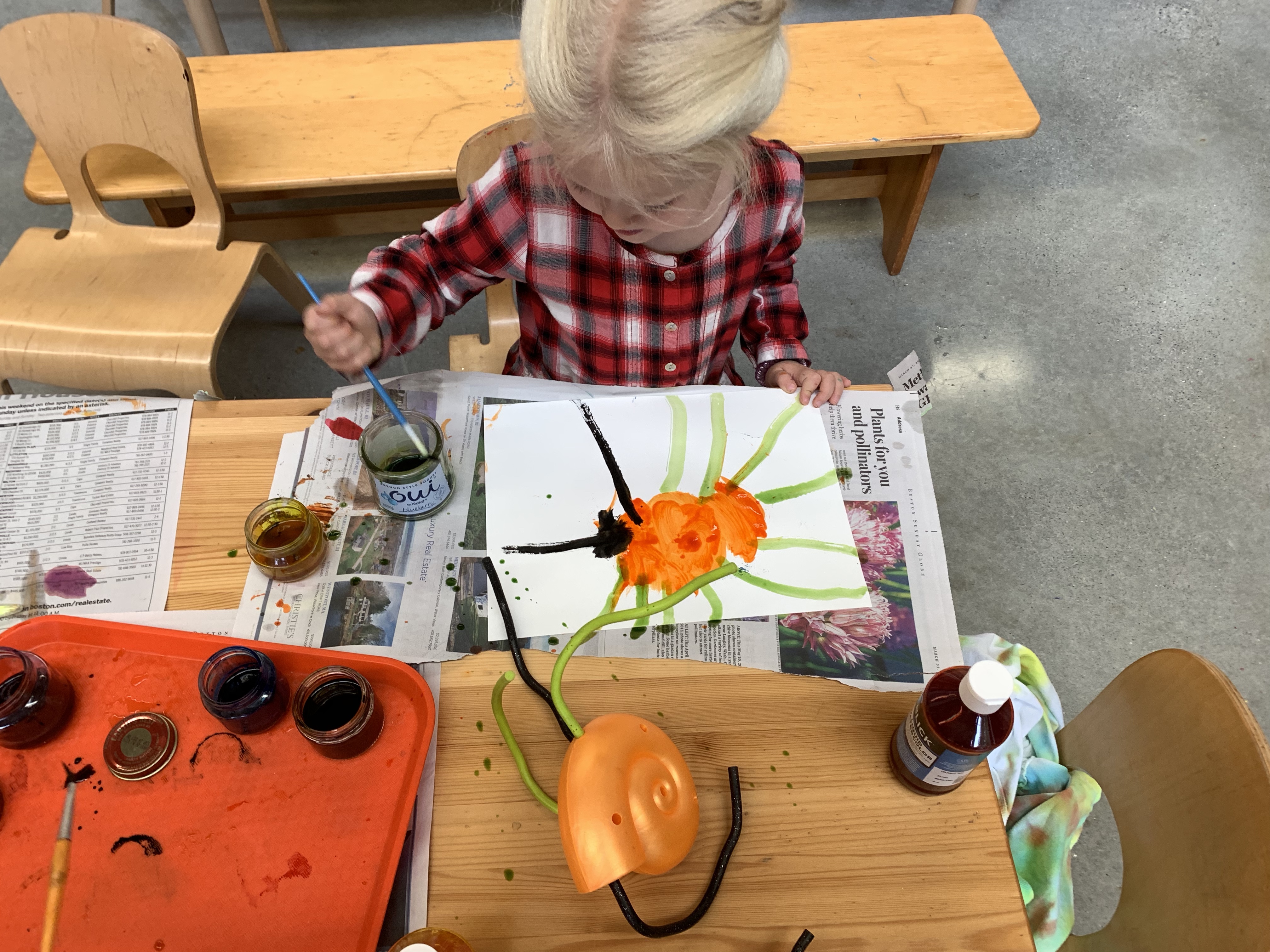
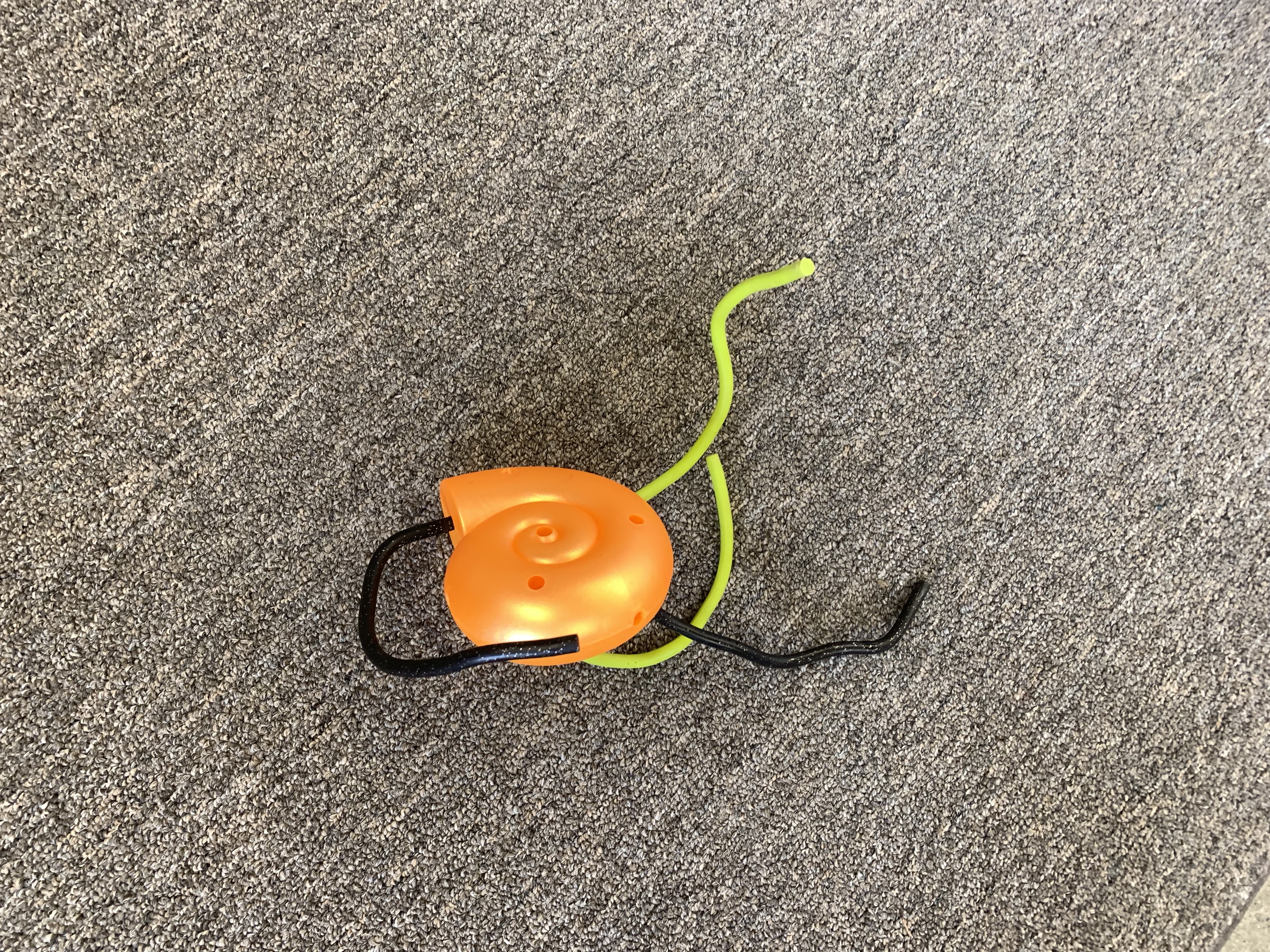
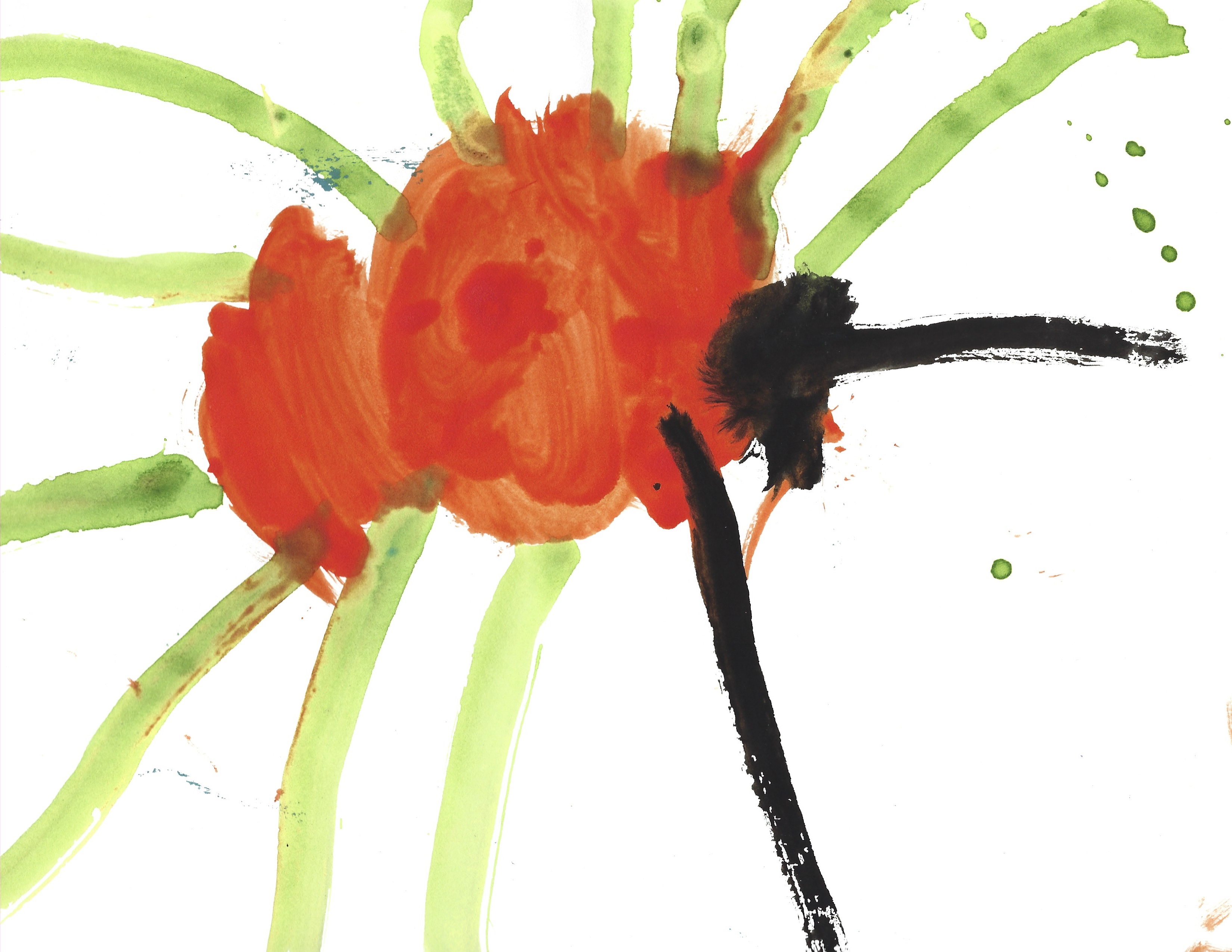
Celebrating Wesley and Makenna!
